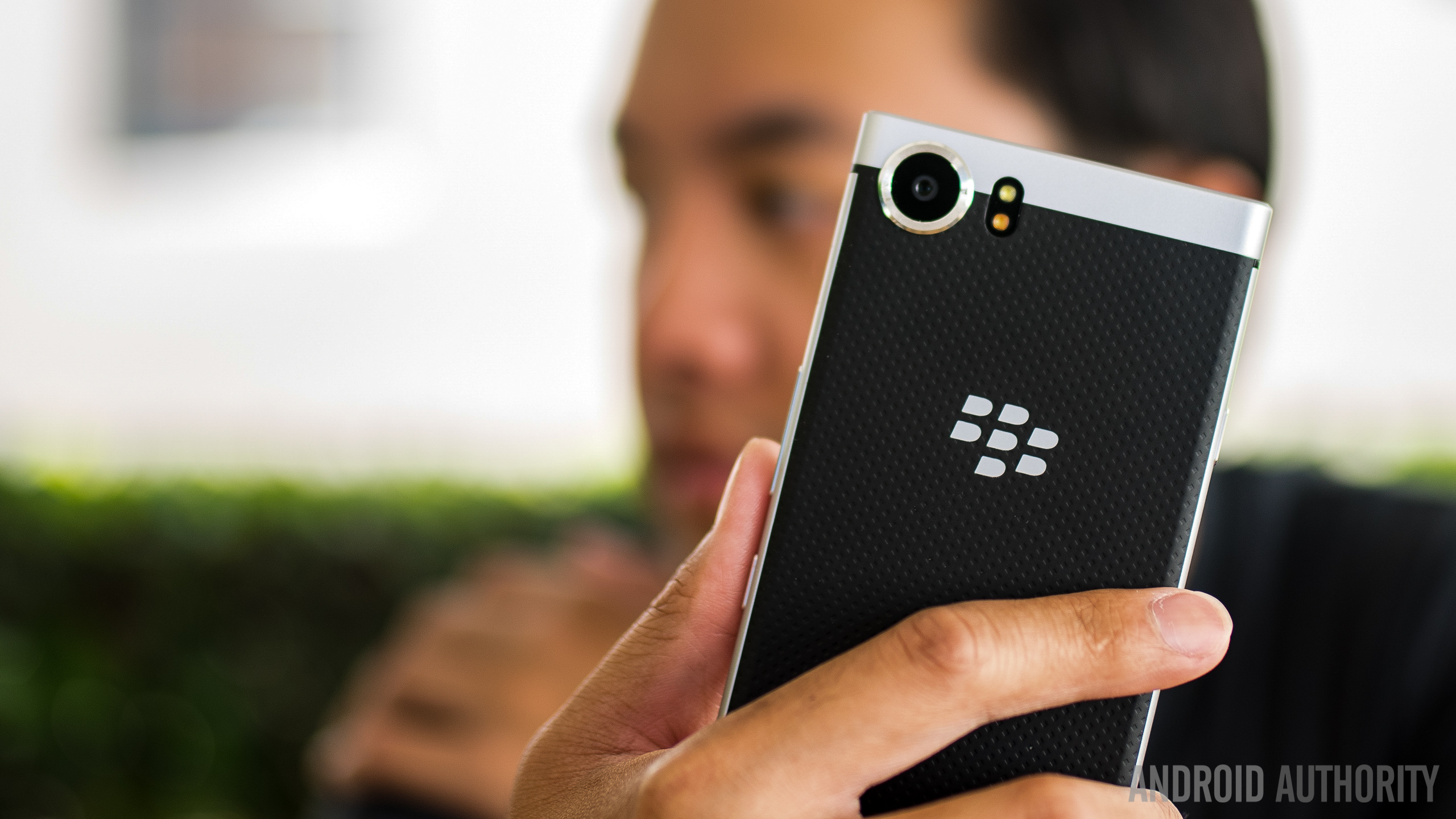
- A recent rumor has suggested that the Galaxy S10 will be the first Samsung device to feature an in-display fingerprint sensor.
- While Samsung has apparently finished development of the tech, it wants to improve its accuracy.
- Vivo and Huawei have both already released devices with in-display fingerprint sensors.
In the latest twist to the will-they-wont-they roundabout that is Samsung and in-display fingerprint sensors, a new rumor has suggested that the Samsung Galaxy S10 will be the first Samsung device to get this feature, not the Galaxy Note 9.
The latest speculation, which arrives from Chosun, suggests that Samsung has completed core development on the technology, but requires more time to improve its accuracy.
Vivo and Huawei have both already released devices that use an in-display optical scanner developed by Synaptics. However, the article points out that Samsung is developing an in-display fingerprint sensor that uses ultrasonic technology — said to be more accurate, yet more expensive to produce.
The article also indicates that Samsung is happy to wait until the tech is right because it’s planning to use it in other products — such as home appliances, IOT devices, and vehicles — too.
While news of potential delays is always frustrating, when you take a look at the devices that already have an in-display sensor, you can perhaps see why Samsung may want to take its time.
Though we were impressed with the sensor in the Vivo X20 Plus UD, we found it to be noticeably slower than equivalent non-in-display sensors. Meanwhile, the Porsche Design Huawei Mate RS included an extra fingerprint sensor on the back of the device; we haven’t tried out the in-display sensor on this phone, but the fact that Huawei felt the need to include a second one on the back suggests that it isn’t 100 percent confident in the in-display technology.
We’ve written before that consolidation and refinement could be the best way for Samsung to keep its position at the top of the industry. It may not be the first manufacturer to release an in-display fingerprint sensor, but by ensuring that it gets the technology right when it finally does, Samsung is likely to achieve more success with it.
Next up: How fingerprint scanners work – optical, capacitive, and other variants
from Android Authority https://ift.tt/2KkKj29

No comments:
Post a Comment